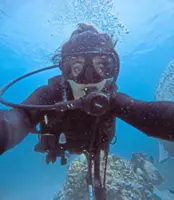Sir Edmund Hillary (left) and Tenzing Norgay approaching the highest camp on Everest at 8,500 metres in May 1953. — Photos: Rolex
On May 29, 1953, Tenzing Norgay and Sir Edmund Hillary made history with their daring ascent to the summit of Everest, also known as Chomolungma to Sherpas and Tibetans.
Today, Rolex is supporting their legacies in the Himalaya as the families of Norgay and Hillary gather once again near the foot of Everest to celebrate the 70th anniversary of this momentous achievement.





